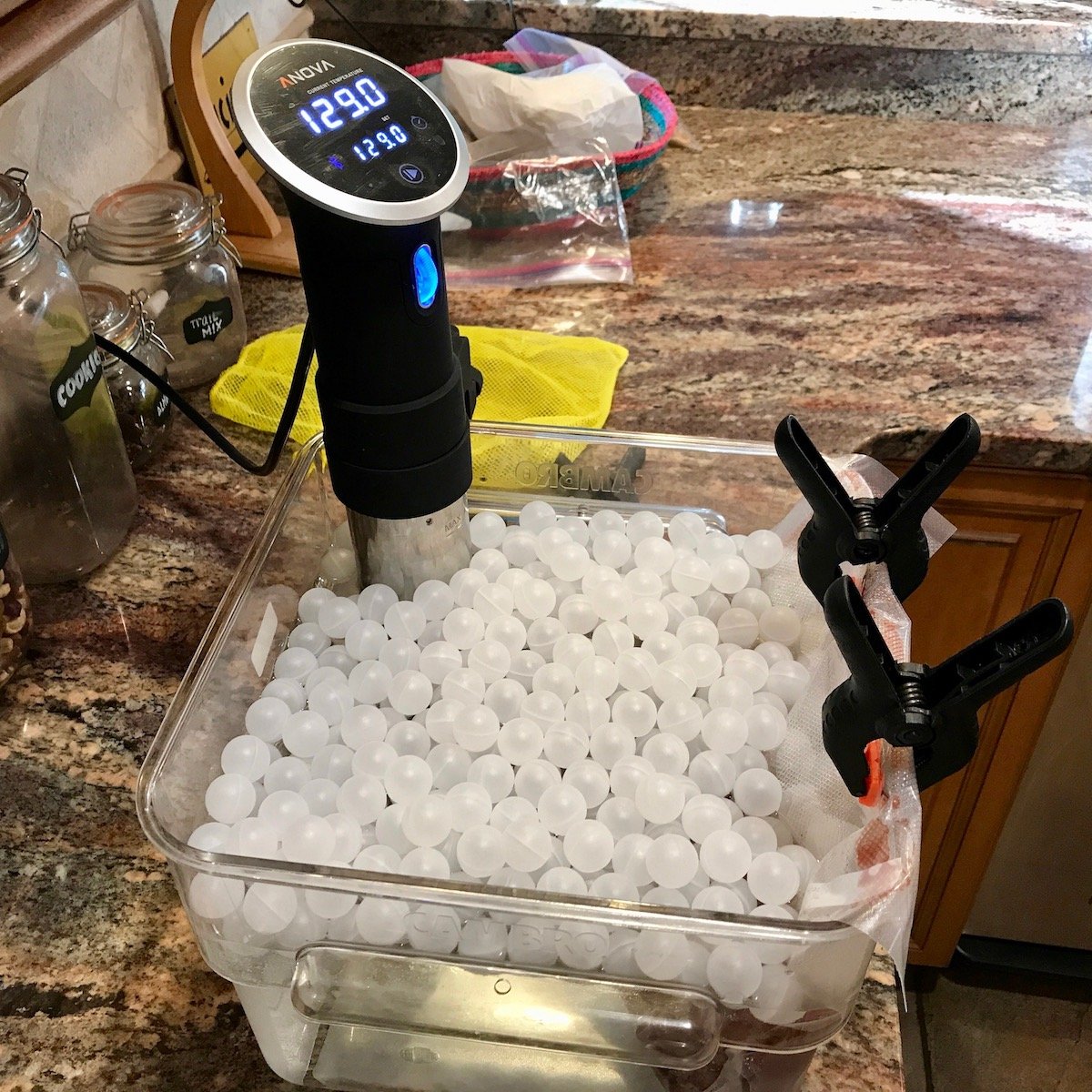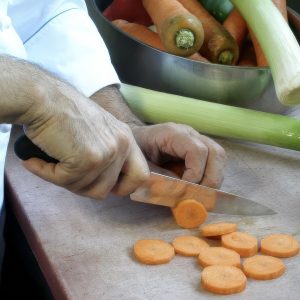Why It’s Important to Visit A Culinary School Before You Apply?
Perhaps the most important step in the decision-making process – and the most often overlooked – is a culinary school visit to get a first-hand glimpse of how things run. Going to culinary school often means packing up your life, moving to a new city, and starting all over again.
In other cases, you’re simply taking time and money away from your current life to make room for new changes. In either scenario, you’re taking an essential step—and the only way to make sure the step is the right one is to go and see for yourself.
Visiting Schools
It’s best to narrow your list of potential schools to two or three that pique your interest. Any more than this, and you might be facing thousands of dollars in travel expenses to check all the schools out. Any fewer, and you might be more apt to “gloss over” the school’s drawbacks since you don’t have any alternatives on the horizon.
When you do set up a school visit, make sure they know you’re coming and that you intend to do some investigating. But no matter what else you do, don’t spend all your time in the admissions office listening to what they tell you about the program and the school—go out there and see it for yourself.
If they don’t allow you to sit in on a class or are otherwise hesitant to let you experience the school from the inside, it’s best to be cautious. They may be hiding something.
Step One: Ask Questions
Make a list of your questions before you go. Ask anything you cannot find information for on the website or the brochure, especially if it relates to cost, program length, program types, reputation, or accreditation. Most of the people you talk to should be open and willing to discuss all your concerns with you, and if they’re not, be sure to ask why and use that information when you make your final decision.
Step Two: Culinary School Visit the Facilities
This doesn’t just mean walking through the campus and looking in the windows. You’ll spend much of your culinary training in the kitchen, so make sure all the lab facilities factor in on your tour.
Look at the equipment: how up-to-date is it? Does the kitchen simulate those you’ve seen in real working kitchens? Is there ample room for students and instructors to work side-by-side?
Ensure you also look at the rest of the facilities, especially if the campus is large. This includes things like the library, computer labs, student lounges, and housing if you’re opting for it.
Step Three: Sit in on a Class
Not all schools will let you do this, but the best ones will. You sit in the back of a classroom or kitchen facility and watch as the instructors and students do their regular business.
This is one of the best ways to get a feel for the learning environment and to see if the school’s “chemistry” is what you want from your educational experience.
Remember that all instructors are different, so if you’re not in love with one teaching style, sit in on a different class to make a comparison.
Step Four: Talk to Students and Faculty Members
When you talk to current students about the school, don’t just confine yourself to the Internet or to individuals the school puts you in contact with – talk to both. In most cases, those who post information online usually complain; in comparison, those the school pushes to the forefront are those who do the opposite.
You can form a more complete picture by looking at both sides of the story – and finding students on campus and directing your questions to them.
If you can schedule appointments with the program faculty members you’re considering, do so. These are the people who will be teaching you the skills and experience you need to become a chef or cook, so you need to feel confident in who they are as teachers and who they are as professionals.
Prospective students can also benefit from visiting the restaurants that many faculty members own or operate during their non-teaching time. This is a great way to “scope out” the styles and tastes of those who may become your mentors.
Step Five: Contact Graduates and Restaurants
Of course, students and faculty members are deeply embedded in the educational system and may not always have a clear view of the future. By contacting graduates and the area restaurants who do the hiring in the community, you can see not only the type of education you can expect to receive but the kind of reception you’ll get in the real working world, as well.
Making the Culinary School Decision
Despite all the challenges it presents, the decision to attend culinary school is excellent. You are facing great job opportunities, room for growth, and the opportunity to do something you love for a living.
Remember, though, that there is more to it than selecting the closest school and filling out an application form. If you want to succeed in your new career – and with drive, determination, and hard work, you can – take the time to review your options and carefully select the perfect school for you.
Is A Culinary Career Right For Me?












